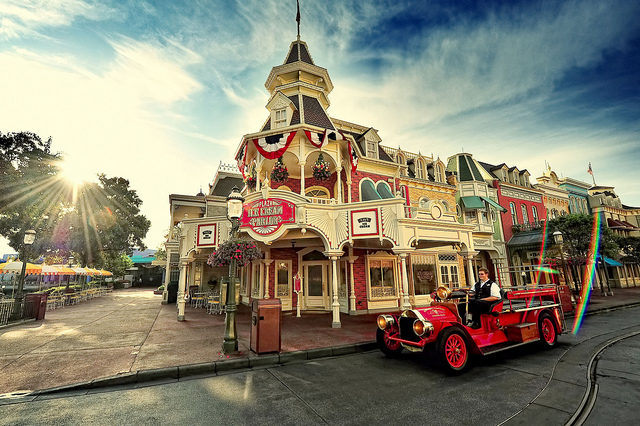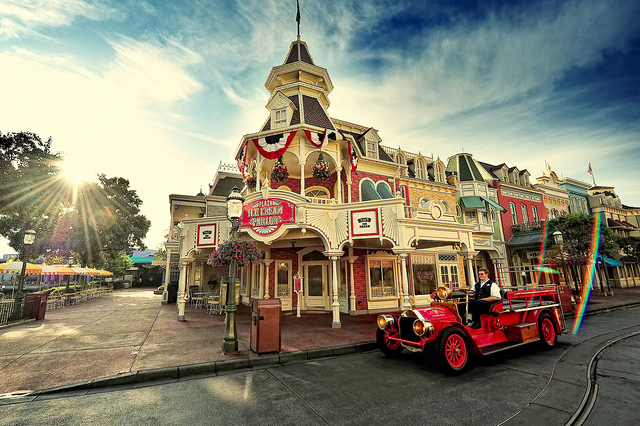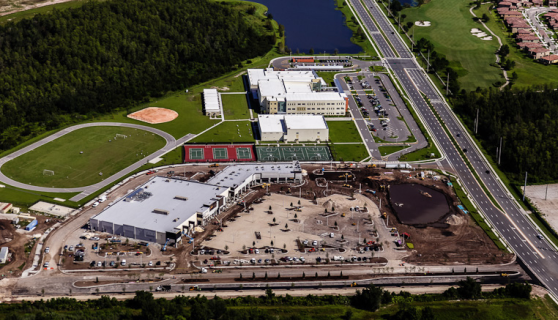 Cisco is working with a community in Orlando, Florida to create a “Smart+Connected” city in Lake Nona, one of eight global iconic cities — and the first in the U.S. — built with ubiquitous connectivity and interconnected building, transportation, utility, and civic systems, for a truly smart, networked city created for innovation.
Cisco is working with a community in Orlando, Florida to create a “Smart+Connected” city in Lake Nona, one of eight global iconic cities — and the first in the U.S. — built with ubiquitous connectivity and interconnected building, transportation, utility, and civic systems, for a truly smart, networked city created for innovation.
Ultimately, the community will house 25,000 people on 7,000 acres, with $2 billion in construction of new hospitals, a medical school, and a community college slated for the next decade. When complete, Lake Nona systems will enable massive integration in data and management systems from public safety to transportation, medical facilities to learning spaces, offices to homes, and more.
“It is a technology story and it is not a technology story at the same time,” Anil Menon, Cisco’s president of globalization and Smart+Connected communities, told me last week. “The questions we’re asking are how can the network enable new ways of building a community, living in a community, being in a community?”
With its iconic connected cities, Cisco is exploring the concept of network as platform, which delivers technology as a service that is built into the infrastructure of a community, rather than grafted on afterwards. Most cities, Menon says, were designed as physical infrastructure. Cisco’s new smart-connected cities are designed on a digital level at the same time as a physical level, creating the electronic infrastructure that enables a smart city.
“When most cities are designed, they think about water, electricity, and so on … but they never think about digital,” Menon said. “We are not going to design anything fragmented — it has to be integrated.”
One example: Lake Nona will have have cellular connections points not just in scattered towers, but all throughout its buildings, enabling much better phone and WiFi service. In addition, instead of AT&T, Verizon, and Sprint all building their own towers, the connectivity infrastructure will be created once, and all carriers will run on the same hardware.
When complete, Lake Nona will feature more than 20 smart services, the company said in a statement, including integrated data and voice and wireless services, fiber to the home, digital signage, common area IP video surveillance, energy management systems, unified communications, video and collaboration.
But the goal is not just connectedness — the company behind Lake Nona, the Tavistock Group private investment firm, is looking to create a center of innovation.
So Lake Nona is being designed to be a research and development center for medical technologies, with six different research, training, and treatment centers. Community builders studied other innovation centers such as Silicon Valley, San Diego, and Research Triangle Park in North Carolina, and incorporated elements of each.
“We’re creating an innovation ecosystem, with housing, retail … all the elements of a community, in a thoughtful way,” Thaddeus Seymour, Lake Nona’s Senior Vice President said.
And yes, given that Lake Nona is in Florida, the Lake Nona group even checked out Celebration, the city that Disney founded in the 1990s.
One difference? Lake Nona will probably have more networking capability in a block than in all of Celebration’s 7,500 acres.
photo credit: Express Monorail via photopin cc
VentureBeat's mission is to be a digital town square for technical decision-makers to gain knowledge about transformative enterprise technology and transact. Learn More


